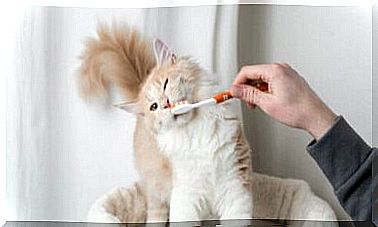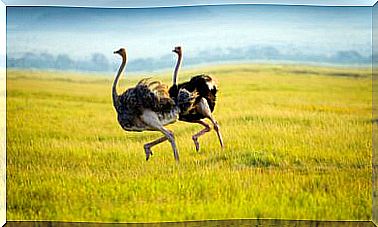The Siberian Unicorn Who Perhaps Lived With Man
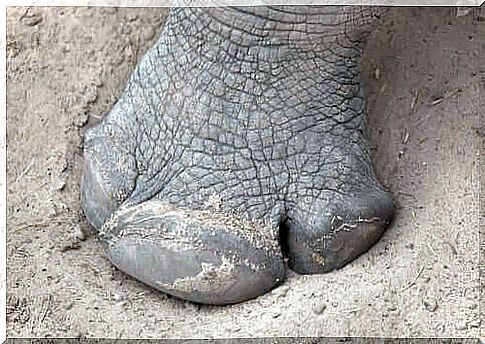
The myth of the unicorn has always been based on real animals: from rhinos to narwhals, in fact, there are several species that have fueled this myth for thousands of years in the various cultures of the planet Earth. One of the animals in question was the ‘ Elasmotherium sibiricum or elasmoterio, also known as Siberian unicorn.
It is a huge Asian rhino that lived tens of thousands of years ago. In 2018, a group of researchers put forward the hypothesis that perhaps this animal lived together with humans.
When did the Siberian unicorn go extinct?
Until a few years ago it was thought that elasmoterio had died out between 200,000 and 100,000 years before our era. This meant long before most of the Eurasian megafauna, when humans dominated that continent.
Despite this, a study published in Nature Ecology and Evolution suggests that its extinction may have occurred 39,000 years ago, by which time humans were already present in Siberia, which is why the two species may have coexisted.
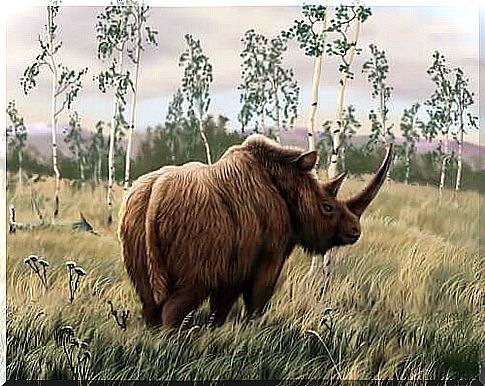
Using the radiocarbon method, the team of researchers was able to date twenty-three Siberian unicorns, the most recent of which dates back to 39,000 years ago, when humans had already arrived in Siberia and Central Asia.
These data are consistent with the extinction of the megafauna of Eurasia, which also occurred 40,000 years ago. The researchers also saw that the Siberian unicorn would be the last species of this lineage, which is why as the last mammoths perished, it is possible that the same fate befell the last of these one-horned giants.
What was the elasmoterio like ?
The researchers were also able to trace the diet of this animal by studying the isotopes contained in the teeth of the fossils. It has been confirmed that this herbivore followed a diet based on very dry and fibrous vegetables.
This fact had already been intuited by scholars by observing its teeth, very similar to that of a horse, which therefore indicated that its diet was very specialized. This technique was also used to detect the apparent traffic of jaguars in Mayan times.
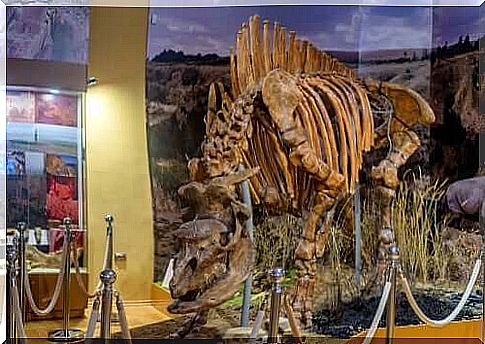
If so, the extinction of the Siberian unicorn would not depend on the human being. His contemporary woolly rhinoceros, in fact, survived in the north of the same geographical area of distribution as elasmoterio.
This rhino species was baptized with the name of Siberian unicorn because it had only one colossal horn : it could reach two meters in length. As in the case of modern rhinos, the horn of elasmoterium was made of keratin.
It is likely that this animal was hunted by humans, especially Neanderthals. Several clues allow us to state that this was the case for the woolly rhino, but it seems evident that it did not cause the extinction of this formidable animal. Who can say if our ancestors saw the last Siberian unicorn with their own eyes?

